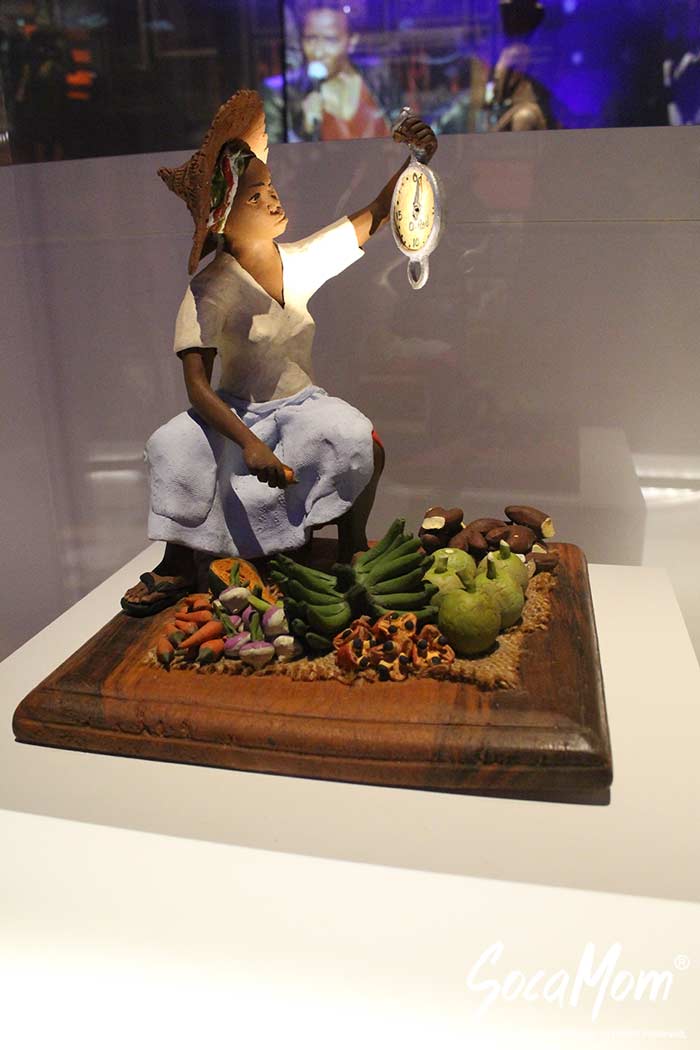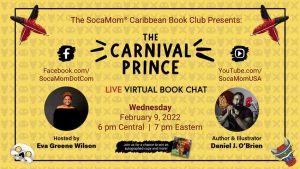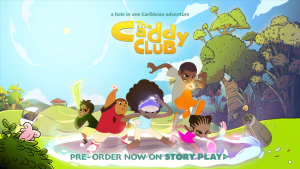Concourse Level 3: Slavery and Freedom 1400 – 1877
We started in slavery, and the first thing that struck us were the numbers of slaves that went to the Caribbean (about 12 million) versus the number that went to what was to become the United States (400,000). We learned about brutal “seasoning camps” where slaves were broken in for a lifetime of harsh conditions and servitude, the Caribbean legacy of revolt and quest for freedom, and the early contributions of Caribbean people to the African American struggle for equality.
This map and other parts of the exhibit shed light on the magnitude of the transatlantic slave trade and the effect it had on the Caribbean. I don’t think that people really think about the numbers of African people brought to the Caribbean because of slavery. Several exhibits were about sugar and sugar cane, rum, and other Caribbean crops and products that were powered by the slave trade.

-
- Transatlantic Slave Trade
- Enslaving Colonial North America
- The Revolutionary War
- The Paradox of Liberty
- King Cotton
- Domestic Slave Trade
- Making a Way
- Slave Cabin
- Life and Work
- The Civil War
- Emancipation




